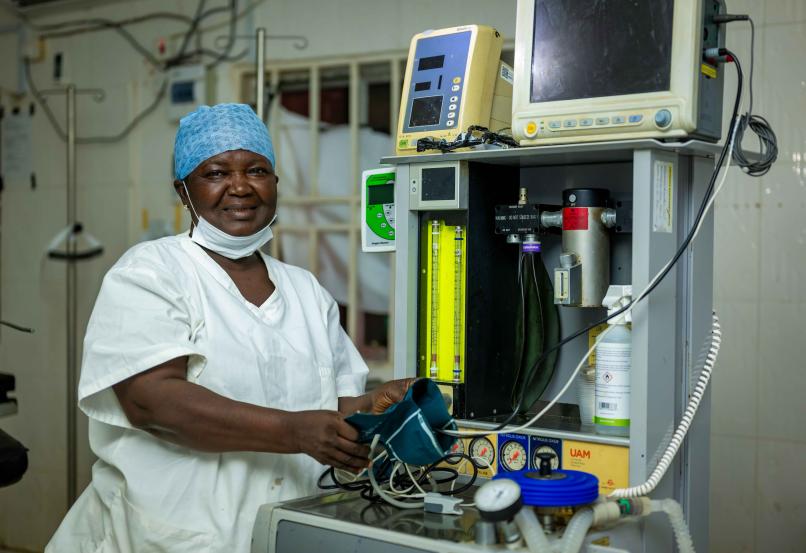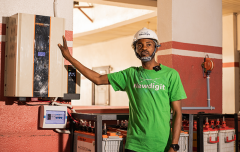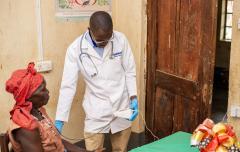Medical Appliances for Resource-Constrained Settings
Sustainable Energy for All (SEforALL) and CLASP have released a new report that highlights the urgent need to improve the performance, procurement and deployment of medical appliances in healthcare facilities operating in weak- and off-grid settings. The report uncovers how energy-intensive, poorly matched, and under-maintained medical devices are contributing to poor health outcomes and increasing operational strain in low-resource environments.
Drawing on real-world data from 29 healthcare facilities in Kisumu County, Kenya, the report presents insights from on-site testing, remote energy monitoring, and interviews with frontline healthcare workers and system stakeholders.
Over 45 percent of medical appliances are incompatible with local power infrastructure, while donated devices often arrive without consideration for energy needs, maintenance capacity, or contextual relevance. This misalignment results in underutilized or broken equipment, with ripple effects on patient care, vaccine preservation, and emergency response.
The study identifies practical solutions for more effective healthcare electrification — from integrating energy efficiency into procurement policies, to establishing minimum energy performance standards and investing in local innovation. It emphasizes the importance of designing systems that match real-world usage patterns, reduce operational costs and strengthen the long-term sustainability of electrification investments.
This report was authored by Emily Bolo and Siena Hacker (CLASP), alongside Marilena Lazopoulou and Concepta Atieno Ojwang (SEforALL), with fieldwork supported by the County Government of Kisumu. The work was made possible through financial support from UK aid via the UK government’s Transforming Energy Access (TEA) platform.




